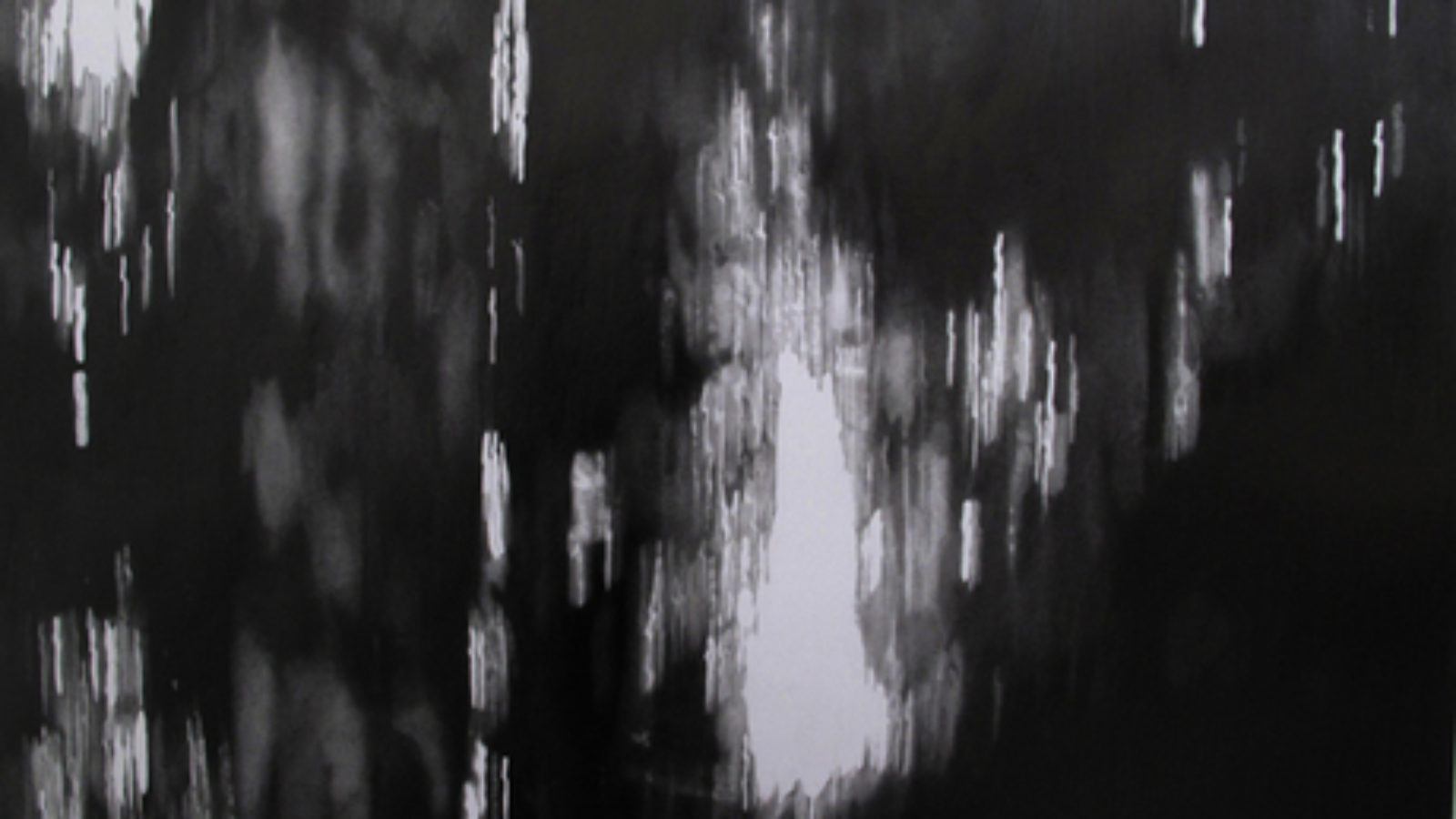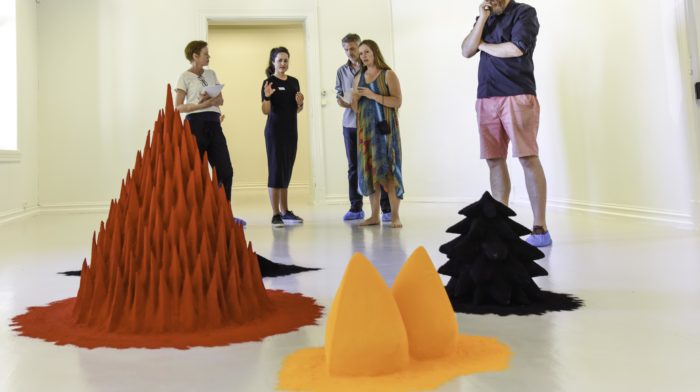With: Azar Alsharif, Cecilia Jiménez Ojeda, Cristina David, Donkey & Punch, Hanne Grieg Hermansen, Mercedes Mühleisen, Richard Alexandersson, Silja Leifsdottir, Stian Gabrielsen, Tora Dalseng and Øyvind Aspen.
Curator: Kjersti Solbakken.
Matthew: I was one of the insatiable. The ones you’d always find sitting closest to the screen. Why do we sit so close? Maybe it was because we wanted to receive the images first. When they were still new, still fresh. Before they cleared the hurdles of the rows behind us. Before they’d been relayed back from row to row, spectator to spectator; until worn out, secondhand, the size of a postage stamp, it returned to the projectionist’s cabin. Maybe, too, the screen was really a screen. It screened us… from the world.
“No one should call you a dreamer” explores the questions linked to themes of participation and isolation and examines how we relate to constructed and real images. The distinction between a dreamer and an escapist, is the latter term is most often used in a derogatory fashion. In the movie “The Dreamers” made in 2003 by Bernardo Bertolucci, the American student Matthew evolves from a passionate film enthusiast, to being sucked in to the absurd universe of the siblings Isabella and Theo. While the 1968 student rebellions are exploding right outside their window, the three young people create their own reality secluded from the norms and rules of the surrounding world. They dream of a different world and escape into classic movies, a world that becomes more real, and therefore more important than the ongoing student riots happening right outside their door. What does it mean to fulfill the possible?
What does “No one should call you a dreamer” tell us if we choose to compare it with Theo and Isabella´s house? The movie concludes with reality catching up with and separating the three young people, when a stone is thrown through the window.
A journey into art demands an active cancellation of disbelief. Is the same form of devotion present in the observation of the real world?
The mirroring of society can make the perception of fiction stronger than real live events.
The dramaturgy of real events and its depiction is still present. The most powerful images are picked to constitute the continuous stories that tell us who we are. Jacques Ranciere has argued that art is not political in how it depicts the craft and the emotions of the world’s construction. Art is not political through how it depicts social structure, class conflict or the identity of social groups. It becomes political because art distances itself from these elements in the manner of the time and space it creates, and how it limits time and fills the space.
The work presented in “No one should call you a dreamer” explores how images are interpreted in motion versus frozen moments which can be entered and exited by choice. The artists have examined the distinction through reading, seeing and experiencing. The exhibition also observes the paradox that occurs through the understanding of fictitious reality and the reality in fiction with the definitions, genres and categories that have been created as a result.
The launch of the publication Felines by Stian Gabrielsen and Cecilia Jiménez Ojeda was presented at the opening of the exhibition.





